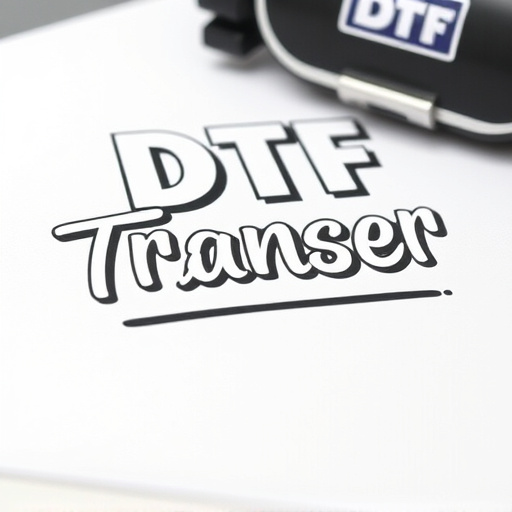Understanding professional intake installation cost factors like complexity, size, and location accessibility is crucial for effective planning and budgeting. Simple jobs may be less expensive, while intricate setups drive up labor charges. Larger projects require more resources. Pre-measuring, detailed layouts, streamlined processes, and efficient scheduling reduce installation time and costs, benefiting both companies and clients through timely delivery and enhanced satisfaction.
In today’s fast-paced world, understanding installation time requirements is crucial for successful project management. This article delves into the intricacies of professional intake and labor costs associated with installations, offering valuable insights for both industry professionals and clients. We explore effective strategies to optimize installation efficiency, ensuring faster completion times without compromising quality. By considering these factors, you’ll be better equipped to navigate the complexities of installation projects, from initial assessment to final execution.
- Understanding Installation Time Requirements
- Professional Intake and Labor Costs: What to Expect
- Optimizing Installation Efficiency: Strategies for Faster Completion
Understanding Installation Time Requirements

Understanding Installation Time Requirements
When considering a new system or equipment, understanding the installation time requirements is crucial for accurate planning and budgeting. The professional intake installation cost often varies based on factors like complexity, size, and accessibility of the location. Each project has its unique set of challenges, which can significantly impact the labor involved. For instance, a bustling metropolis with labyrinthine layouts might demand more time and resources to ensure a seamless installation compared to a straightforward setup in an open, spacious area.
Knowing these requirements from the outset helps folks make informed decisions. It allows them to allocate adequate time slots for installation, secure necessary permits, and manage expectations regarding project timelines. Moreover, understanding these nuances can provide insights into potential hidden costs, ensuring a transparent and cost-effective process that aligns with the client’s budget and timeline.
Professional Intake and Labor Costs: What to Expect

When it comes to professional intake and labor costs for an installation, it’s crucial to understand that these expenses can vary significantly based on several factors. Firstly, the complexity of the job plays a significant role; simple installations may require fewer hours and thus cost less, while intricate or customized setups can be time-intensive, driving up labor charges. Additionally, the size and scale of the project influence the overall price tag, as larger installations demand more resources and expertise.
The skills and experience of the installation team are also essential determinants. Specialized professionals with advanced training in specific equipment or systems often command higher rates due to their expertise. Furthermore, emergency or last-minute installations might incur additional charges for overtime work or expedited services. Therefore, it’s beneficial to obtain detailed quotes from multiple providers to ensure you’re aware of potential costs associated with professional intake and labor before proceeding with your installation project.
Optimizing Installation Efficiency: Strategies for Faster Completion

Optimizing installation efficiency is a key strategy for reducing professional intake installation costs and minimizing labor. By streamlining processes, using advanced tools, and implementing well-organized planning, installations can be completed faster, leading to substantial time and financial savings. Professional installers often employ techniques such as pre-measuring spaces, creating detailed layouts, and sourcing specialized equipment to enhance speed without compromising quality.
Additionally, efficient scheduling, effective communication with clients, and minimizing on-site delays contribute to faster installation times. These strategies not only benefit the installation company but also ensure clients receive their desired products or services in a timely manner, enhancing overall satisfaction.
When it comes to understanding installation time requirements, considering both professional intake and labor costs is essential. By optimizing installation efficiency through strategic approaches, you can significantly reduce completion times. Keep in mind that efficient processes not only save money but also ensure projects are delivered faster, meeting client expectations with ease.














